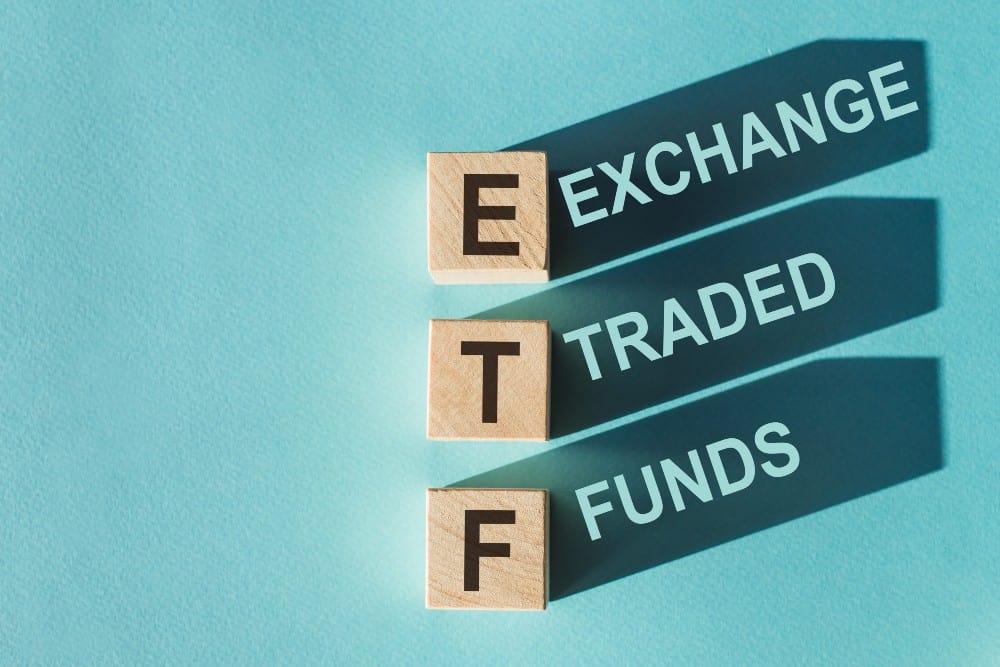If you’re a new investor building a portfolio for the first time, you’d do well to look into exchange-traded funds (ETFs). Providing you with built-in diversification, (spreading your eggs across more than one basket), they help you to reduce risk in your portfolio.
Mathematically speaking, the more stocks you own, the lower your risk. There are two kinds of risk: market risk (the risk in the overall market), and specific risk (the risk in one stock). You can’t avoid market risk, but if you hold thousands of stocks, you reduce specific risk to near-zero.
For most people, going out and buying thousands of stocks isn’t practical. Fortunately, ETFs make it easy to gain access to this volume of stocks. These funds buy the whole market, instead of just a handful of stocks, providing you with all of the diversification you need. On this note, I’ll explore three ultra-cheap ETFs that could help you diversify your portfolio and mitigate risk.
The TSX
The iShares S&P/TSX Capped Composite Index Fund (TSX:XIC) is an index fund that tracks the S&P/TSX Composite Index. That’s an index of 240 large companies that make up the bulk of the TSX. 240 stocks is a significant amount of diversification. Studies show that you can capture 90% of the benefit of diversification with just 20 stocks, so XIC has you more than covered for a Canadian fund. That’s not to say it’s all you need for a truly diversified portfolio: you need U.S. and global funds for that. But XIC provides ample Canadian exposure in one convenient package with a mere 0.04% fee and a 2.5% dividend yield.
The S&P 500
Next up we have the Vanguard S&P 500 Index Fund (TSX:VFV)(NYSE:VOO). One of the world’s most popular index funds, it has stood the test of time, out-performing the vast majority of active funds over its lifetime.
VFV invests in U.S. stocks, but can be bought as a Canadian fund. If you buy the Canadian version of the fund, you don’t have to pay the IRS dividend withholding tax on it. The dividend withholding tax is a tax that the U.S. takes from dividends paid to foreign investors. It’s 15%, so buying the S&P 500 via VFV can save you a substantial amount of money. On the flipside, the Canadian version of the fund has a 0.08% fee, which is double that of the U.S. version. So, the gains from saving on taxes aren’t “free.”
Global stocks
Last but not least, we have the Vanguard FTSE All-World ex-US Fund (NYSE:VEU). This is an ultra-diversified index fund that holds thousands of countries from around the world, but excludes the U.S. and certain emerging markets. If you’re looking for diversification, it’s hard to do much better than VEU. The fund boasts 3,650 stocks, which is far more than you would get with VFV or XIC. VEU has a 0.07% management fee, which is a little higher than some other funds, but it’s still quite low. Overall, it’s a worthy addition to any diversified portfolio.








